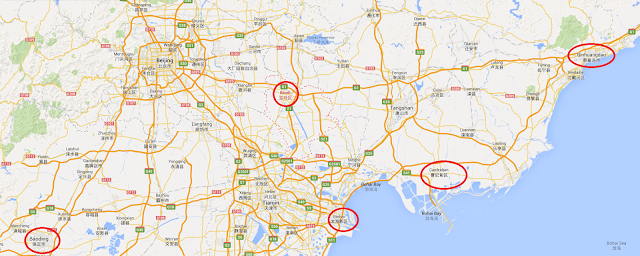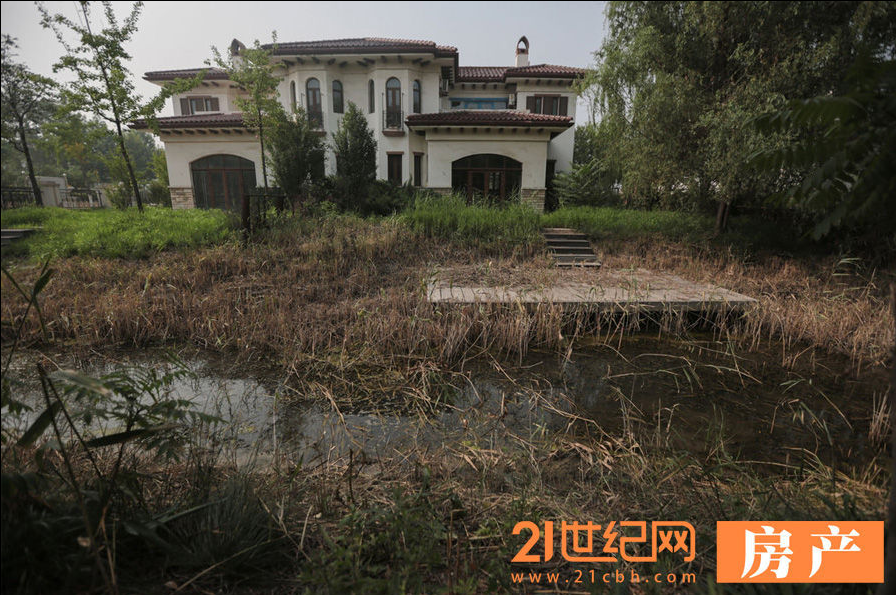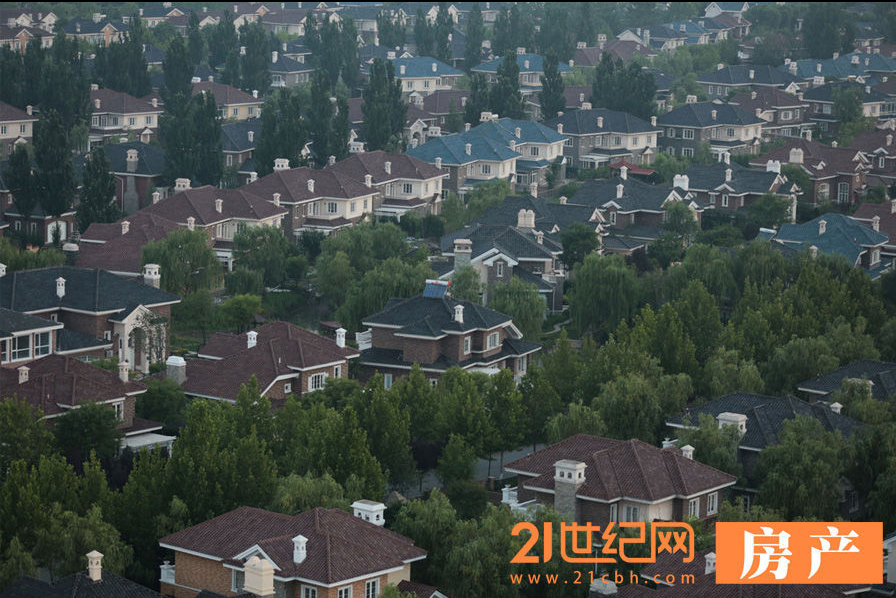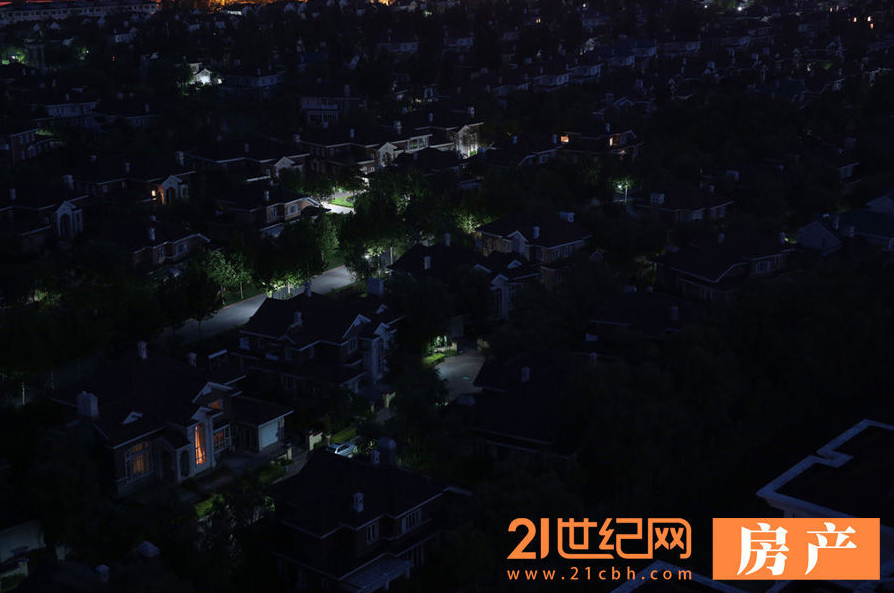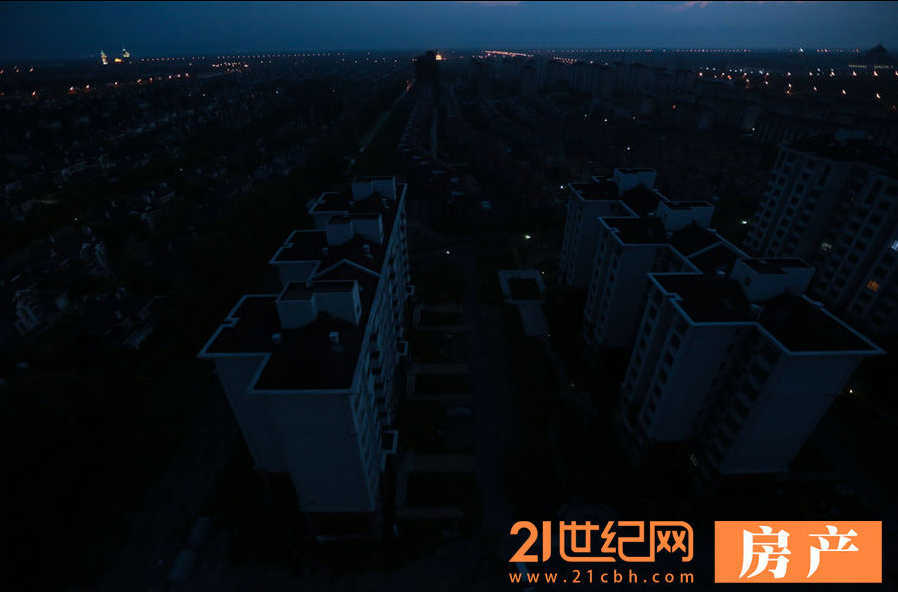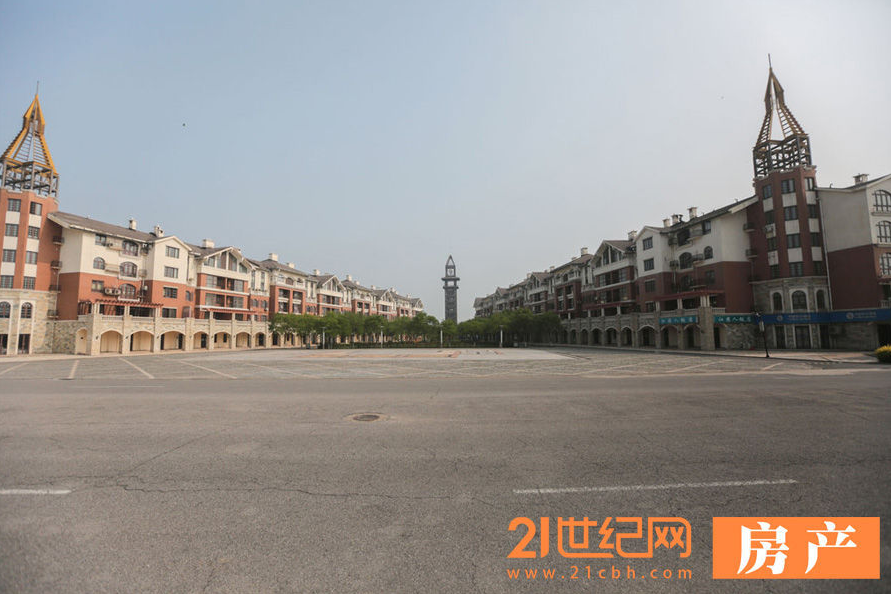Cross-posted from Investing in Chinese Stocks.
This story was going around on Friday: China Builds Its Own Manhattan — Except It’s a Ghost Town
China’s project to build a replica Manhattan is taking shape against a backdrop of vacant office towers and unfinished hotels, underscoring the risks to a slowing economy from the nation’s unprecedented investment boom.
The skyscraper-filled skyline of the Conch Bay district in the northern port city of Tianjin has none of a metropolis’s bustle up close, with dirt-covered glass doors and construction on some edifices halted. The area’s failure to attract tenants since the first building was finished in 2010 bodes ill across the Hai River for the separate Yujiapu development, which is modeled on New York’s Manhattan and remains in progress.
“Investing here won’t be better than throwing money into the water,” Zhang Zhihe, 60, said during a visit to the area last week from neighboring Hebei province to look at potential commercial-property investments. “There will be no way out — it will be very difficult to find the next buyer.”
……Conch Bay’s ghost-town appearance isn’t necessarily an indication the area will fail. Shanghai’s Pudong district overcame struggles in the mid-1990s to thrive as the nation’s financial center. Zhengzhou, capital of central Henan province, now suffers from traffic jams in its new-city district instead of the vacancies from a few years ago, said Nicole Wong, Hong Kong-based head of property research at CLSA Ltd.
Pudong residential real estate was empty all the way into the early 2000s. Tianjin’s problem is the same faced by Pudong’s back then: economic slowdown. See: Tianjin Industrial Growth Rate Falls to 13 Year Low in May; City Government Shocked
Here’s a video of this area in Tianjin.
Here is some background on the Binhai area: Binhai is intended to replicate development seen in Shenzhen and Pudong in Shanghai. It is a Special Economic Zone (SEZ) of the PRC, meaning experimental reforms are taking place here.
Recently there was the story of abandoned villa development in Baodi, an area between Beijing and Tianjin that failed to secure a high speed rail stop. There are many photos appearing. Chinese media now dubs this Asia’s largest villa development and 90% of it is empty. They planned to build 8000 villas, but so far only 3000 have been built. More photos here.
Here’s a map of the area. I highlighted Qinhuangdao in Hebei province, a site of overbuilding. Tangshan is on the map, also an overbuilt city, and I highlighted Caofeidian, which is an industrial development that drove a lot of growth in the region. Then in the southwest there is Baoding, which is hoping to become part of the larger regional economy. In Tianjin, I highlighted the Binhai development, as well as the Baodi area where all these empty villas are located.

